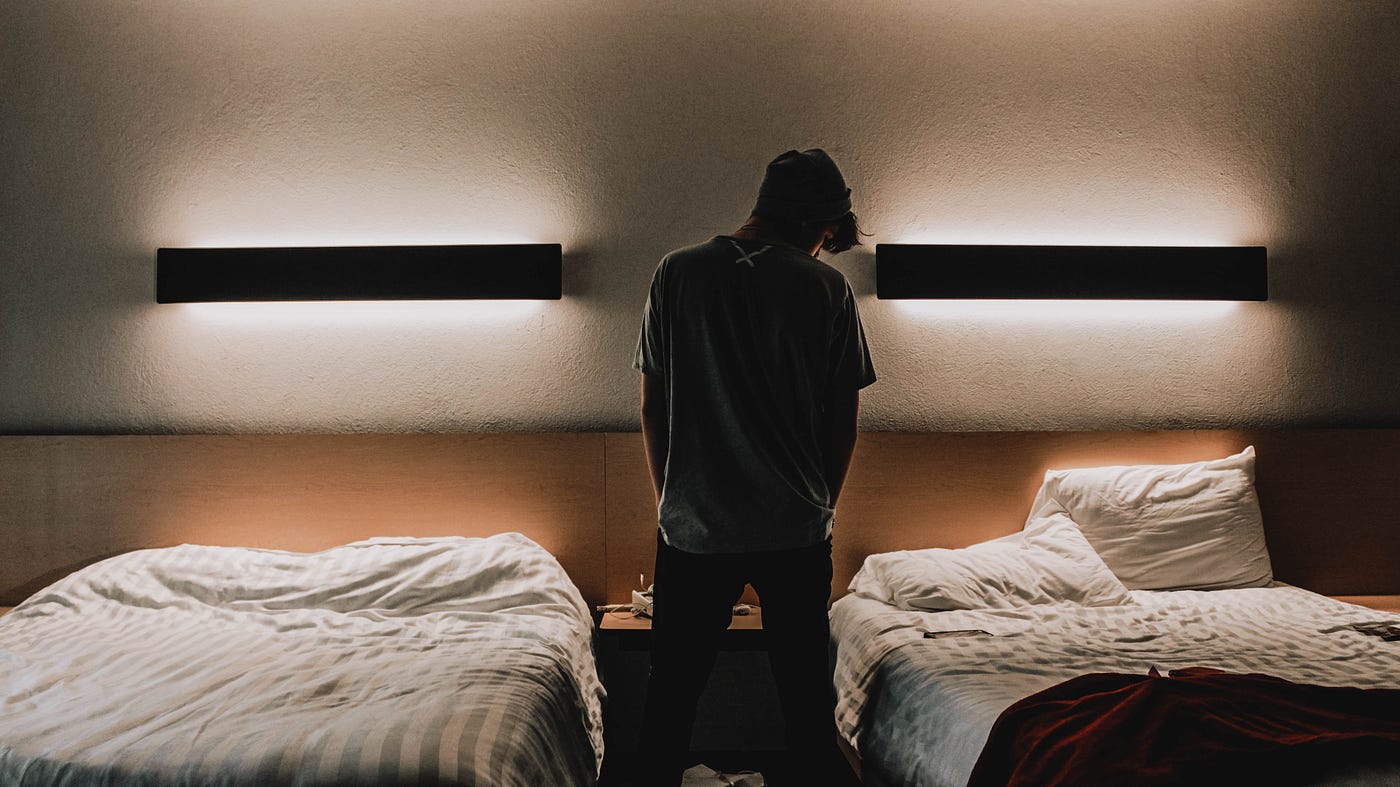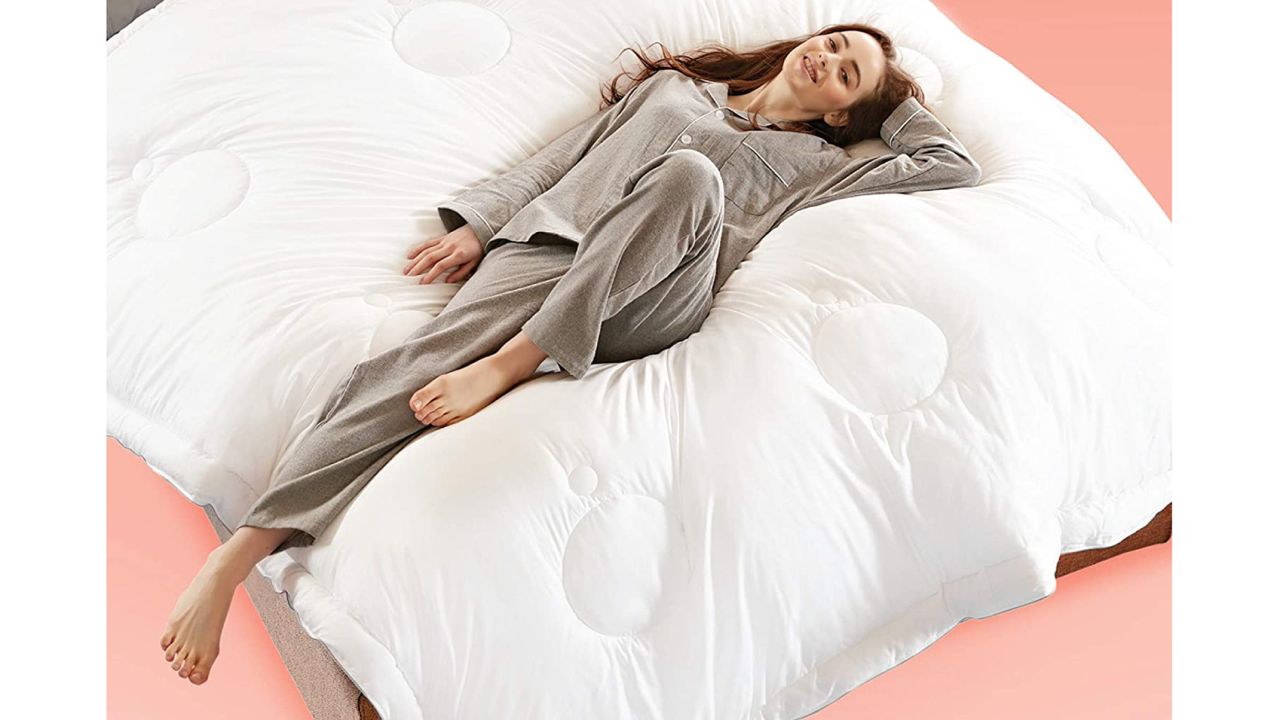Outline of the Article
- Introduction to Bed Bug Hot Shot Spray
- Definition of bed bug spray
- Importance of effective bed bug treatment
- Understanding Bed Bug Infestations
- Overview of bed bugs
- Signs of a bed bug infestation
- Health risks associated with bed bugs
- What is Bed Bug Hot Shot Spray?
- Explanation of Hot Shot Spray
- How it works against bed bugs
- Benefits of using Hot Shot Spray
- How to Use Bed Bug Hot Shot Spray
- Preparing the area for treatment
- Step-by-step guide to using Hot Shot Spray
- Safety precautions to consider
- Effectiveness of Bed Bug Hot Shot Spray
- Reviews and testimonials
- Comparison with other bed bug treatments
- Factors affecting effectiveness
- Tips for Preventing Bed Bug Infestations
- Keeping your home clean and clutter-free
- Regularly inspecting for bed bugs
- Using preventive measures
- Common Myths About Bed Bug Sprays
- Debunking misconceptions about bed bug treatments
- Addressing concerns about chemical usage
- Choosing the Right Bed Bug Spray
- Factors to consider when selecting a bed bug spray
- Reading product labels
- Consulting with professionals
- Safety Concerns and Precautions
- Risks associated with pesticide use
- Protecting yourself and your family
- Alternative solutions for sensitive individuals
- Dealing with Severe Infestations
- When to seek professional help
- Integrated pest management strategies
- Follow-up treatments and monitoring
- Environmental Impact of Bed Bug Sprays
- Eco-friendly alternatives
- Disposal of empty containers
- Responsible usage practices
- Frequently Asked Questions (FAQs)
- Can I use bed bug spray on my mattress?
- Is Hot Shot Spray safe for pets?
- How long does it take for Hot Shot Spray to kill bed bugs?
- Can I use bed bug spray on furniture?
- What should I do if I accidentally inhale bed bug spray?
- Conclusion
- Recap of the benefits of Bed Bug Hot Shot Spray
- Importance of proactive pest control measures
Understanding Bed Bug Hot Shot Spray
Bed bugs are relentless pests that can wreak havoc on your home and peace of mind. Once these tiny insects invade, they can quickly multiply, making eradication a challenging task. Fortunately, there are effective solutions available, one of which is the Bed Bug Hot Shot Spray.
What is Bed Bug Hot Shot Spray?
Bed Bug Hot Shot Spray is a specialized insecticide designed to eliminate bed bugs and their eggs on contact. Formulated with powerful ingredients, this spray targets bed bugs at all stages of their life cycle, from nymphs to adults. Unlike some conventional sprays, Hot Shot is specifically tailored to combat bed bugs, providing homeowners with a reliable solution to infestations.
How Does it Work?
The active ingredients in Bed Bug Hot Shot Spray disrupt the nervous system of bed bugs upon contact, leading to paralysis and eventual death. Additionally, the residual effects of the spray create a protective barrier, preventing re-infestation for weeks after application. This dual-action approach ensures thorough eradication of bed bugs and provides long-lasting protection for your home.
Benefits of Using Hot Shot Spray
- Rapid Action: Hot Shot Spray works quickly to eliminate bed bugs on contact, providing immediate relief from infestations.
- Long-lasting Protection: The residual effects of the spray continue to safeguard your home against bed bugs for weeks after application.
- Convenience: Easy-to-use spray bottle allows for targeted application in hard-to-reach areas, ensuring comprehensive treatment of infested areas.
- Economical: Compared to professional extermination services, Hot Shot Spray offers a cost-effective solution for bed bug control.
How to Use Bed Bug Hot Shot Spray
Using Bed Bug Hot Shot Spray is straightforward, but proper application is essential for optimal results. Before treating any areas, it’s important to prepare the space and follow safety precautions.
Preparing the Area
- Clear Clutter: Remove clutter from the room to expose potential hiding spots for bed bugs.
- Wash Bedding: Launder bedding and linens in hot water to kill any bed bugs and eggs present.
- Vacuum Thoroughly: Vacuum carpets, mattresses, and furniture to remove bed bugs and debris.
Step-by-step Guide
- Shake Well: Shake the bottle of Hot Shot Spray vigorously before use to ensure proper mixing of ingredients.
- Spray Infested Areas: Directly apply the spray to areas where bed bugs are present, including mattress seams, cracks, and crevices.
- Repeat as Needed: Reapply the spray as necessary to thoroughly treat infested areas.
- Allow to Dry: Allow treated surfaces to dry completely before re-entering the room or making contact with treated areas.
Safety Precautions
- Ventilate: Ensure proper ventilation when using Hot Shot Spray to minimize inhalation risks.
- Wear Protective Gear: Use gloves and a mask to protect skin and lungs from exposure to chemicals.
- Keep Away from Children and Pets: Store the spray out of reach of children and pets to prevent accidental ingestion or exposure.
Effectiveness of Bed Bug Hot Shot Spray
Bed Bug Hot Shot Spray has garnered praise from homeowners and professionals alike for its effectiveness in combating bed bug infestations.
Reviews and Testimonials
Many users have reported significant reductions in bed bug populations after using Hot Shot Spray, with some noting complete eradication within a few days of treatment. The residual effects of the spray provide ongoing protection, giving homeowners peace of mind.
Comparison with Other Treatments
While there are various bed bug treatments available, Hot Shot Spray stands out for its rapid action and long-lasting effects. Compared to other methods such as steam treatments or diatomaceous earth, Hot Shot Spray offers a convenient and efficient solution for eliminating bed bugs.
Factors Affecting Effectiveness
The effectiveness of Hot Shot Spray may vary depending on factors such as the extent of the infestation, the thoroughness of application, and environmental conditions. For severe infestations or persistent bed bug problems, professional extermination services may be necessary.
Tips for Preventing Bed Bug Infestations
Prevention is key to avoiding the hassle and expense of dealing with bed bugs. By following these tips, you can reduce the risk of infestations in your home.
Keeping Your Home Clean and Clutter-free
- Regular Cleaning: Vacuum carpets and upholstery regularly to remove potential hiding spots for bed bugs.
- Declutter: Minimize clutter in your home to eliminate hiding places for bed bugs and make inspections easier.
Regular Inspections
- Inspect Second-hand Furniture: Thoroughly inspect any used furniture or clothing before bringing them into your home.
- Check Travel Gear: Inspect luggage and belongings after traveling to prevent bed bugs from hitching a ride into your home.
Using Preventive Measures
- Encase Mattresses and Box Springs: Use protective covers on mattresses and box springs to prevent bed bugs from infesting these areas.
- Apply Residual Sprays: Periodically treat common hiding spots with residual bed bug sprays to deter infestations.
Common Myths About Bed Bug Sprays
Despite their prevalence, there are several misconceptions surrounding bed bug sprays that can lead to confusion and ineffective treatment methods.
Debunking Misconceptions
- Myth: Bed Bug Sprays Are Harmful to Humans: While some sprays contain potent chemicals, when used according to instructions, they pose minimal risk to humans and pets.
- Myth: Natural Remedies Are as Effective as Chemical Sprays: While natural remedies may offer some relief, they are often less effective than chemical treatments for eliminating bed bugs.
Addressing Concerns About Chemical Usage
While chemical sprays can be an effective tool for bed bug control, it’s essential to use them responsibly and with caution. Following label instructions and safety guidelines can help minimize risks to humans, pets, and the environment.
Choosing the Right Bed Bug Spray
With a plethora of bed bug sprays available on the market, selecting the right one can be overwhelming. Consider the following factors when choosing a bed bug spray for your home.
Factors to Consider
- Active Ingredients: Look for sprays containing proven insecticides such as pyrethroids or neonicotinoids.
- Residual Effects: Choose a spray with long-lasting residual effects to provide ongoing protection against bed bugs.
- User Reviews: Read reviews from other users to gauge the effectiveness and reliability of the product.
Reading Product Labels
Carefully read the label of any bed bug spray before use to ensure it is suitable for your needs and to understand proper application and safety precautions.
Consulting with Professionals
If you’re unsure which bed bug spray is best for your situation or if you’re dealing with a severe infestation, consider consulting with a pest control professional for expert advice and assistance.
Safety Concerns and Precautions
While bed bug sprays can be an effective tool for pest control, it’s essential to use them safely and responsibly to minimize risks to human health and the environment.
Risks Associated with Pesticide Use
- Health Risks: Prolonged exposure to certain pesticides can pose health risks to humans and pets, including respiratory issues and skin irritation.
- Environmental Impact: Improper use and disposal of pesticides can have adverse effects on the environment, including water and soil contamination.
Protecting Yourself and Your Family
- Follow Instructions: Always follow label instructions when using bed bug sprays, including wearing protective gear and avoiding contact with treated surfaces until dry.
- Store Safely: Store pesticides out of reach of children and pets in a cool, dry place away from food and household items.
Alternative Solutions for Sensitive Individuals
For individuals with sensitivities to chemical pesticides or concerns about their environmental impact, there are alternative solutions available, such as heat treatments or natural repellents.
Dealing with Severe Infestations
In some cases, bed bug infestations may be too severe for DIY treatments, requiring professional intervention for effective eradication.
When to Seek Professional Help
- Persistent Infestations: If DIY treatments fail to eliminate bed bugs or if infestations recur, it may be time to seek professional pest control services.
- Large Infestations: Severe infestations affecting multiple rooms or entire buildings may require professional expertise and specialized equipment for eradication.
Integrated Pest Management Strategies
Professional pest control companies employ integrated pest management (IPM) strategies to address bed bug infestations comprehensively. These strategies may include a combination of chemical treatments, heat treatments, and physical removal methods to eradicate bed bugs and prevent re-infestation.
Follow-up Treatments and Monitoring
After initial treatment, it’s essential to follow up with regular inspections and, if necessary, additional treatments to ensure complete eradication of bed bugs. Monitoring for signs of bed bugs, such as bites or fecal stains, can help detect infestations early and prevent them from spreading.
Environmental Impact of Bed Bug Sprays
While bed bug sprays are an effective tool for pest control, it’s crucial to consider their environmental impact and explore eco-friendly alternatives where possible.
Eco-friendly Alternatives
- Botanical Sprays: Some bed bug sprays contain natural ingredients such as plant extracts, which are less harmful to the environment than chemical pesticides.
- Heat Treatments: Heat treatments use high temperatures to kill bed bugs and their eggs without the use of chemicals, making them a more environmentally friendly option.
Disposal of Empty Containers
Proper disposal of empty pesticide containers is essential to prevent environmental contamination. Follow local regulations for disposing of hazardous waste and recycling containers where possible.
Responsible Usage Practices
- Targeted Application: Apply bed bug sprays only to areas where bed bugs are present to minimize pesticide exposure and reduce environmental impact.
- Avoid Overuse: Use bed bug sprays sparingly and only as needed to avoid unnecessary chemical exposure and minimize the buildup of pesticide residues in the environment.
Conclusion
Bed Bug Hot Shot Spray offers homeowners an effective solution for combating bed bug infestations and protecting their homes from these persistent pests. By understanding how to use Hot Shot Spray safely and responsibly and implementing preventive measures, you can effectively control bed bug infestations and safeguard your home and family.
Frequently Asked Questions (FAQs)
- Can I use bed bug spray on my mattress?
- Yes, you can use bed bug spray on your mattress, but it’s essential to follow label instructions and allow treated surfaces to dry completely before contact.
- Is Hot Shot Spray safe for pets?
- While Hot Shot Spray is generally safe for pets once dry, it’s essential to keep pets away from treated areas until dry and to store pesticides out of reach of pets.
- How long does it take for Hot Shot Spray to kill bed bugs?
- Hot Shot Spray typically kills bed bugs on contact, but it may take several hours to days for all bed bugs to die, depending on the extent of the infestation and thoroughness of application.
- Can I use bed bug spray on furniture?
- Yes, you can use bed bug spray on furniture, but it’s essential to test a small, inconspicuous area first and to follow label instructions for proper application.
- What should I do if I accidentally inhale bed bug spray?
- If you accidentally inhale bed bug spray, move to an area with fresh air and seek medical attention if symptoms persist or worsen




